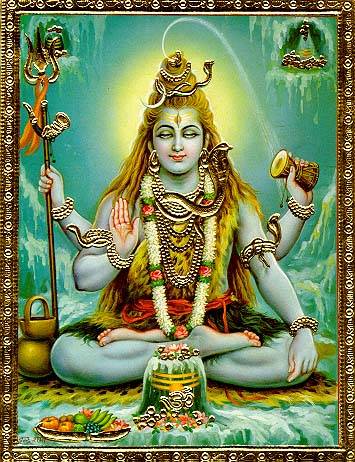Beginner Meditation: A Comprehensive Guide
Meditation is a practice that has been used for thousands of years to promote mental clarity, emotional stability, and overall well-being. For beginners, it can seem daunting, but with some guidance, anyone can integrate meditation into their daily routine.
Understanding Meditation
At its core, meditation involves focusing the mind to achieve a state of relaxation and heightened awareness. There are various forms of meditation, including mindfulness, transcendental meditation, guided visualization, and loving-kindness meditation. Each has unique techniques and benefits, but the foundational goal remains the same: cultivating a deeper connection to oneself and the present moment.
Benefits of Meditation
- Reduces Stress: One of the most well-documented benefits of meditation is its ability to reduce stress. Regular practice can lower cortisol levels, which are linked to stress and anxiety.
- Enhances Focus and Concentration: Meditation trains the brain to maintain attention, improving focus and cognitive function over time.
- Promotes Emotional Well-being: By fostering a sense of calm and reducing negative thoughts, meditation can improve overall emotional health and increase feelings of happiness.
- Improves Sleep: Many find that meditation helps calm the mind before sleep, leading to better quality rest.
- Encourages Self-awareness: Through meditation, individuals can gain insights into their thoughts, feelings, and behaviors, fostering personal growth and self-acceptance.
Getting Started with Meditation
- Create a Dedicated Space: Find a quiet, comfortable place where you won’t be disturbed. It doesn’t need to be elaborate—just a clean space where you feel at ease.
- Choose a Time: Consistency is key in developing a meditation practice. Many people prefer to meditate in the morning to set a positive tone for the day, while others find evening meditation beneficial for unwinding.
- Start with Short Sessions: As a beginner, aim for 5 to 10 minutes of meditation. You can gradually increase the duration as you become more comfortable with the practice.
- Find a Comfortable Position: Sit in a comfortable position, whether on a chair, cushion, or the floor. Keep your back straight but relaxed. You can close your eyes or keep a soft gaze on the floor.
Basic Meditation Techniques
- Mindfulness Meditation:
Focus on Your Breath: Pay attention to your natural breathing. Notice the sensation of the breath entering and leaving your body. If your mind wanders, gently bring your focus back to your breath.
Body Scan: After settling into your breath, bring awareness to different parts of your body, starting from your toes and moving up to the crown of your head. Acknowledge any sensations or tension without judgment.
- Guided Meditation: Many apps and online resources offer guided meditations. These can be particularly helpful for beginners, providing structure and direction.
- Loving-kindness Meditation: This practice involves mentally sending goodwill and kindness to yourself and others. Start by silently repeating phrases like “May I be happy, may I be healthy,” then extend those wishes to loved ones and eventually to all beings.
Tips for a Successful Practice
Be Patient: Meditation is a skill that develops over time. Don’t be discouraged by a wandering mind; it’s part of the process.
Acknowledge Thoughts: When thoughts arise, acknowledge them without judgment, then return your focus to your breath or mantra.
Use Resources: Consider using apps like Headspace or Calm, or explore guided meditations on platforms like YouTube.
Join a Community: Connecting with others can enhance your meditation practice. Look for local meditation groups or online forums.
Overcoming Common Challenges
Restlessness: If you feel restless, try focusing on your breath or engage in a body scan to help ground yourself.
Time Constraints: If you struggle to find time, consider short, one-minute mindfulness breaks throughout your day.
Self-doubt: It’s normal to feel uncertain about your practice. Remember, there is no “right” way to meditate; simply being present is enough.
Conclusion
Meditation can be a transformative practice, fostering a deeper sense of peace and self-awareness. By starting with simple techniques and gradually building a routine, anyone can cultivate the benefits of meditation. Remember to be patient with yourself and enjoy the journey as you explore this enriching practice. Whether you’re seeking to reduce stress, improve focus, or enhance your emotional well-being, meditation offers a pathway to a more mindful and fulfilling life.
